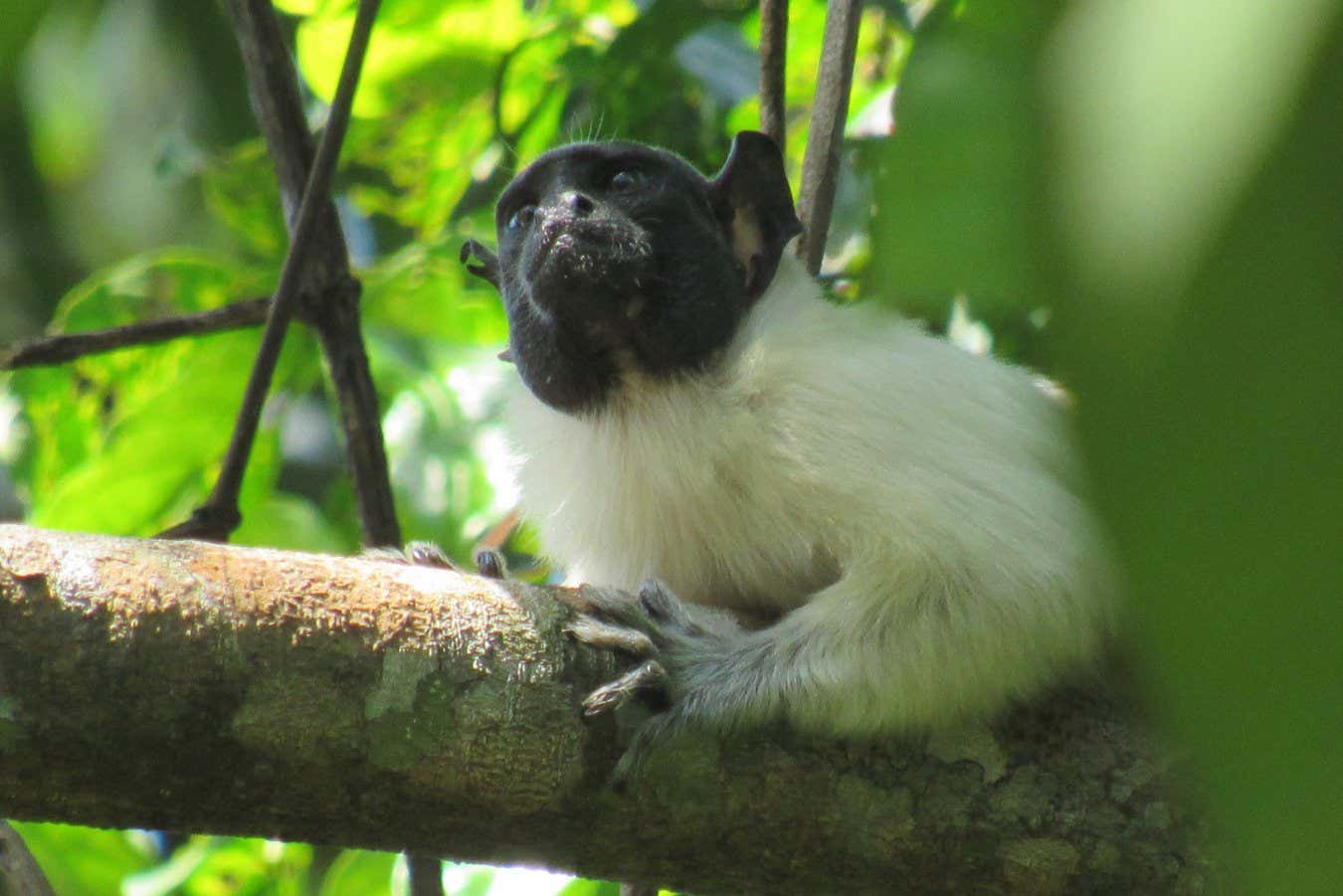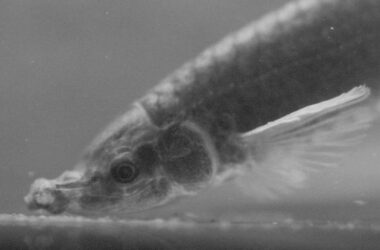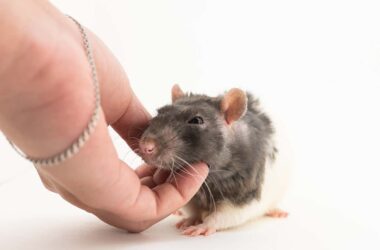Monkeys living in the Amazon Rainforest are turning to scent-based communication when their vocal calls are drowned out by human noises such as traffic. This behavior has been observed to occur nearly twice as often when monkeys are exposed to high levels of noise pollution.
The presence of a major city within the Amazon Rainforest has led to significant human impacts on the animals living there, making noise pollution a critical threat to their communication and overall well-being.
Pied tamarins, a critically endangered species found in patches of forest within the city of Manaus, Brazil, communicate using both vocal calls and scent-marking. They rub odors onto surfaces to mark their territory and signal their readiness to mate. Various scent glands in their chest, hands, feet, armpits, and groins facilitate this communication.
To explore how communication tactics change in noisy environments, researchers from Anglia Ruskin University in the UK placed tracking collars on the lead female monkey in nine social groups of pied tamarins. The monkeys were monitored for 10 days, with their activity recorded during five-minute intervals. The researchers also measured the noise levels in their environment.
The study found that when noise levels reached 65 decibels, the monkeys engaged in 60% more scent-marking behavior compared to quieter areas. When noise levels reached 70 decibels, equivalent to a loud classroom or a running dishwasher, scent marking increased by 90%. However, the monkeys did not decrease their use of vocal calls in areas with higher decibel levels.
Vocal calls are used for long-distance communication, while odors provide information over shorter distances but for a longer duration. The inability to effectively communicate with vocal calls due to human noise pollution can lead to increased conflicts between monkeys and other species, as well as heightened competition for space.
Although the study shows that monkeys can adapt to cope with noise pollution, it also highlights the negative impact of human noise on wildlife. Human activities continue to disrupt the natural communication and behaviors of animals in their habitats.
Insights:
- The presence of a major city within the Amazon Rainforest has significant impacts on the wildlife living there, including critically endangered species like the pied tamarins.
- Monkeys resort to using scent-based communication when their vocal calls are overwhelmed by human noise pollution.
- In areas with higher noise levels, the monkeys engage in significantly more scent-marking behavior, indicating their reliance on this method of communication.
- While adapting to noise pollution, the monkeys do not reduce their use of vocal calls, suggesting the importance of long-distance communication in regulating competition for space.
- Human noise pollution negatively affects wildlife, highlighting the need for mitigating measures to minimize its impact on animals’ natural behaviors.








